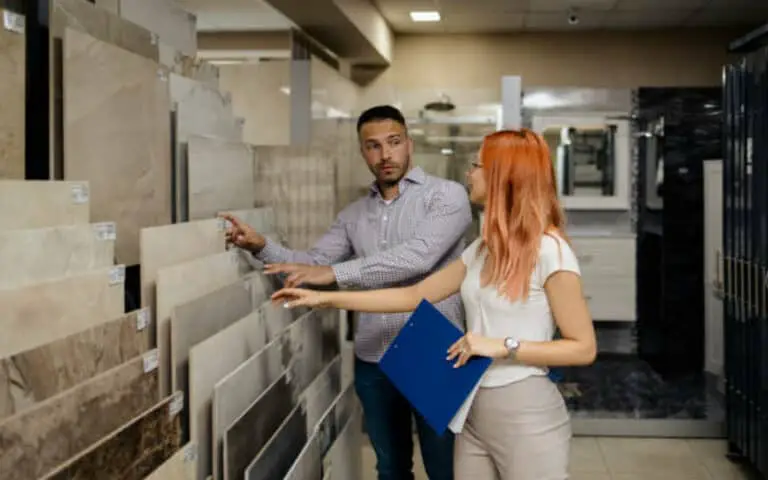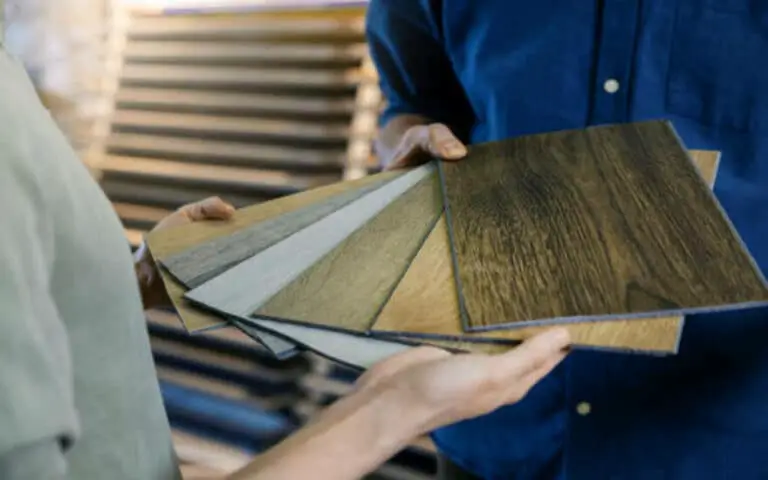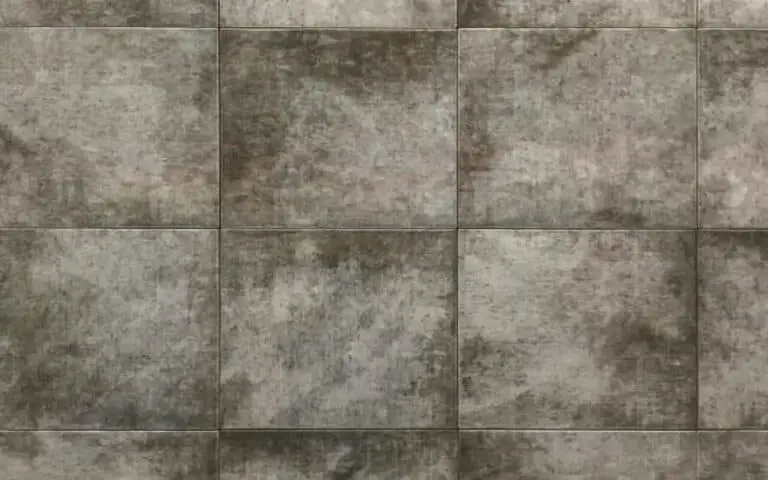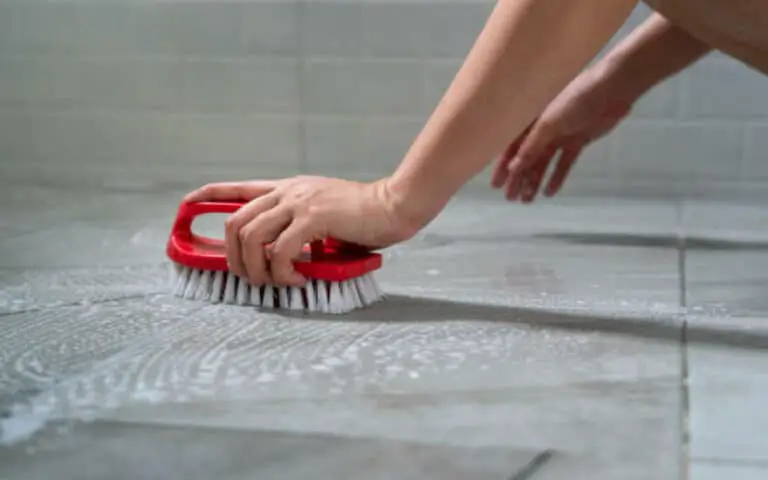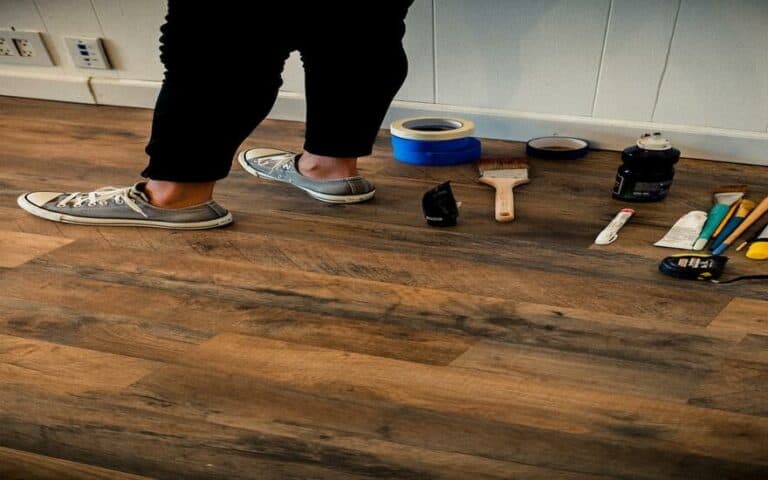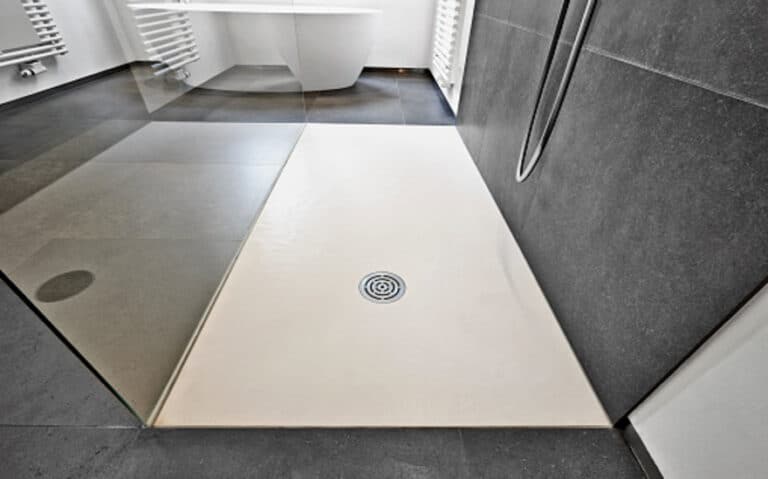In this blog post, I’ll examine why your laminate floor won’t stay together and how you can solve the issue.
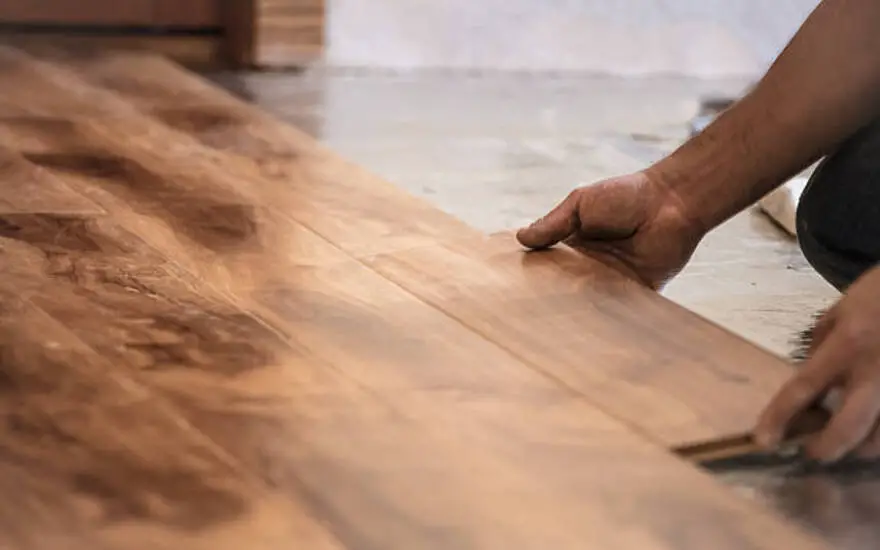
10 Reasons why won’t my laminate floor stay together
As a homeowner, you may find that your laminate floor won’t stay together. There are several reasons why this might be the case.
Poor quality laminate, incorrect installation, high humidity levels, incompatible underlayment, insufficient expansion gaps, inadequate fastening system, improper cleaning techniques, moving heavy furniture, improper subfloor preparation, and worn-out flooring are all possible culprits.
It is important to address each of these issues to ensure that your laminate floor stays together and lasts for years to come. With the right care and attention to detail, you should be able to get your laminate floor looking great and keep it that way for years to come.
1. Poor Quality Laminate
One of the top reasons why laminate flooring won’t stay together is poor-quality laminate. Lower-quality laminates are more prone to warping, swelling, and cracking due to changes in temperature and humidity.
Additionally, these laminates don’t always fit together properly and may not lock into place as expected. Quality is an important factor to consider when selecting laminate flooring, as it can significantly affect how well your flooring stays together in the long run.
2. Incorrect Installation
One of the main reasons your laminate floor won’t stay together is incorrect installation. If the laminate planks are not properly fitted, there is a chance that the joints will not connect correctly, leading to separation and buckling.
Poor installation can also cause the glue to obstruct the joints, further preventing them from connecting properly. Always ensure that your floor is installed correctly by an experienced professional to prevent future issues from occurring.
3. High Humidity Levels
High humidity levels can cause a laminate floor to not stay together properly. Too much moisture in the air can cause the laminate planks to expand and contract, leading to them clicking loose and gaping.
This can be particularly troublesome during hot and humid weather. To prevent this from happening, it’s important to maintain a stable humidity level in your home.
You can use a dehumidifier or air conditioner or keep your windows open when the weather isn’t too hot. Additionally, ensure you leave enough space between the walls and the floor for expansion.
If you can keep the humidity levels in your home steady, this should help prevent your laminate floor from not staying together.
4. Incompatible Underlayment
The underlayment is an essential part of the process when installing laminate flooring. If the wrong underlayment is used, it can lead to gaping and other issues with your laminate floor.
Make sure to use the correct type of underlayment for your flooring and leave an expansion gap of at least ¼-inch around the perimeter of your floor to allow for climate change. If done correctly, these steps will help ensure that your laminate floors stay together properly.
5. Not Enough Expansion Gaps
When installing a laminate floor, one of the most important steps is ensuring you leave enough expansion gaps. This is especially true if you’re installing a floating floor.
Expansion gaps are necessary for your floor to expand and contract due to temperature and humidity changes. If there’s not enough space, your laminate floor won’t be able to move around and can buckle or warp.
To prevent this from happening, it’s important to ensure you leave the appropriate amount of space for your flooring when installing it. This will save you from having to replace your floor down the line!
6. Inadequate Fastening System
If you’re having trouble getting your laminate floor to stay together, it could be due to an inadequate fastening system.
When installing a laminate floor, it’s important to use the right fasteners. Poorly secured planks can cause gaps and movement, resulting in an uneven and unstable surface.
To ensure your planks stay in place, use a quality adhesive and staples or nails to secure the edges. If your planks are not locking together properly, take the time to make sure the fastening system is correct and secure.
7. Improper Cleaning Techniques
One of the most common reasons my laminate floor won’t stay together is improper cleaning techniques.
It is important to remember that laminate flooring is sensitive to water, so using too much water or the wrong type of cleaner can cause damage and make it difficult for the planks to lock together.
Instead, use cleaners specifically made for laminate floors and avoided getting excess water on the floor. Additionally, avoid using harsh detergents that may leave a residue on the floor that can interfere with locking.
8. Moving Heavy Furniture
Moving heavy furniture can wreak havoc on laminate flooring. If you are rearranging furniture, it is important to lift it and carry it instead of dragging it. Even when lifting furniture, be careful not to scratch the floor or cause any ripples.
Additionally, when placing furniture on a laminate surface, use protective pads or mats to avoid causing any damage. If you have already moved heavy furniture on the laminate flooring and have caused damage, you can try to repair it with a matching repair kit.
9. Improper Subfloor Preparation
When installing laminate flooring, proper subfloor preparation is key. The laminate will not stay in place if the subfloor is not properly prepared.
To ensure that your flooring is installed correctly, ensure that the subfloor’s surface is clean and level. Ensure that any irregularities in the surface are evened out and that all nails or staples are removed before you begin the installation.
Additionally, use the correct underlayment to ensure a secure and level floor. With proper preparation and installation, your laminate flooring will stay in place for years to come!
10. Worn Out Flooring
As the last of our ten reasons why your laminate floor might not stay together, we come to worn-out flooring. Over time, your laminate flooring may become worn out from everyday use, causing it to not lock together properly.
If your floor is old, faded, or scratched, it may be time to replace it for the best possible results. In this case, it’s important to ensure that you buy the same type and quality of laminate as the rest of your flooring. A professional installer can help you with this process if needed.
Tips to assist the installation process
If you’re having trouble getting your laminate floor to stay together, I recommend taking proactive steps to ensure that the installation process goes as smoothly as possible.
First, buying high-quality laminate designed for your specific flooring needs is important. It’s also important to ensure you install the laminate correctly, following the manufacturer’s instructions.
Additionally, ensure the area is properly acclimated and use an appropriate underlayment. Ensure you leave enough expansion gaps and provide a secure fastening system.
Finally, use the proper cleaning techniques and avoid moving heavy furniture on the floor. Taking these steps can help ensure that you have a successful laminate floor installation!
Laminate won’t lock – Why?
It can be frustrating when the planks won’t stay together when installing laminate flooring.
This common issue can occur for various reasons: poor quality laminate, incorrect installation, high humidity levels, incompatible underlayment, insufficient expansion gaps, inadequate fastening system, and improper cleaning techniques.
Moving heavy furniture and improper subfloor preparation can also cause the planks to lose. Worn-out flooring can also contribute to this issue. It is important to note these factors to assist the installation process and ensure your flooring stays in place.
Wrap Up
In conclusion, there are many reasons why a laminate floor won’t stay together. Poor quality laminate, incorrect installation, high humidity levels, incompatible underlayment, insufficient expansion gaps, inadequate fastening systems, improper cleaning techniques, moving heavy furniture, improper subfloor preparation, and worn-out flooring can all contribute to a laminate floor coming apart.
It is important to ensure that all of these issues are addressed before installation to avoid costly and time-consuming repairs. Furthermore, following proper installation instructions and taking the time to clean and maintain your laminate floor can help it stay in good condition for many years.

